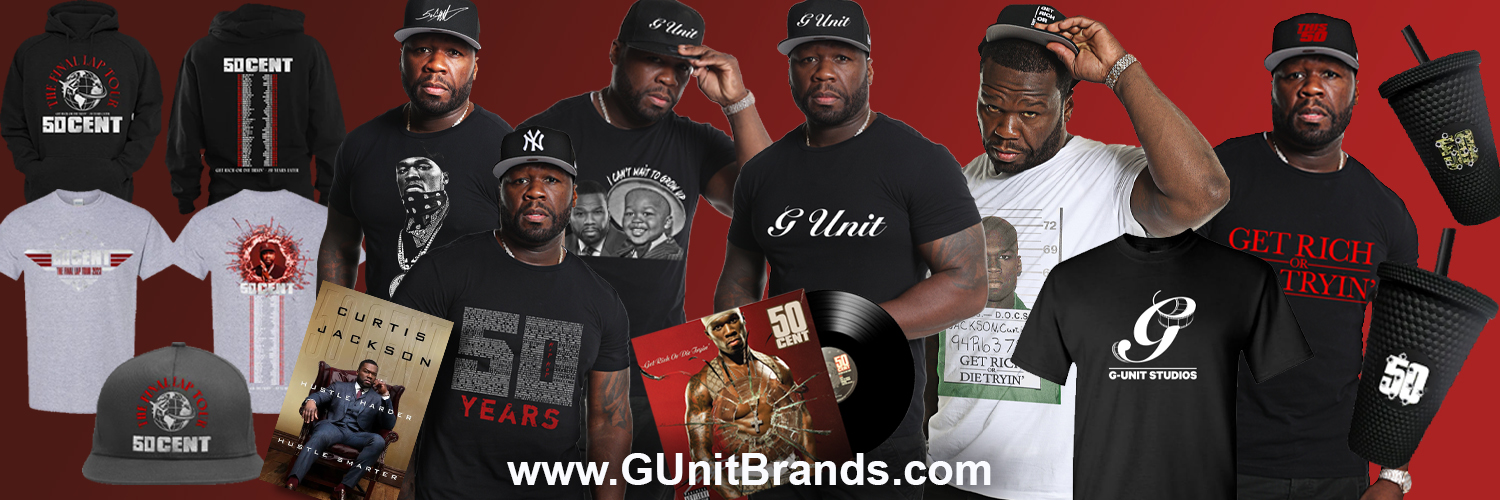
Uncategorized
Portrait of An Artist: How Jason Innocent’s Art Intersects with Hip-Hop
The Haitian-American artist grew up in Brooklyn,NY, and first gained recognition by writing conceptual graffiti in the neighborhoods of lower Manhattan. From his earliest days of writing, Innocent interacted with street and popular culture, aspects intrinsically linked to hip-hop culture, particularly within African-American culture. Innocent was born in 1995, when hip-hop/rap music reached a heightened awareness, particularly within the United States of America. Rappers such as Nas, Tupac Shakur, and Biggie (a fellow New York native) used their music to discuss issues facing the African- American community.
Innocent’s messaging and distribution method of “Ego Maniac” (above) mirrored themes within the hip-hop genre
.
Innocent’s art focuses on “race, language, and contemporary social issues.” Common to hip-hop/rap music. In Innocent’s debut artist book “39 Drawings” (a collection of drawings illustrated by Innocent throughout his adolescence and early adulthood), Innocent also explores contemporary social issues. Much of Innocent’s artistic output is preoccupied with the theme of words, how words carry meaning, and how the interplay of words connects to the visual aspects of art. Hip-Hop/Rap preoccupies itself with much of the same, albeit in an audial medium. Since the genre typically emphasizes wordplay and timing (especially compared to other music genres) – it is clear how Innocent is influenced by the genre. Additionally, much of Innocent’s work deals with themes of politics. In 2016, Innocent collaborated with photographer Alex Wong to create “Ego Maniac,” – a piece that featured a poster of Donald Trump emblazoned with the titular phrase across his face. Innocent distributed this poster in various neighborhoods during Trump’s election campaign. At the same time, many artists shared Innocent’s negative stance on Trump within the hip-hop genre. By distributing the posters throughout the city, Innocent demonstrated the democratization of art as a public means of expressing social concern, and this democratization is present within the medium of popular hip-hop /rap music.
Innocent’s “American Flag” (above) contrasts the symbol of the American flag with pleas to end hate
Innocent followed up this work with his 2017 piece “American Flag” – a similar criticism on the status of social issues facing America. In this work, Innocent contrasts the image of the flag of the United States – a famous symbol of American values, with the phrases “NO RACISM, NO SEXISM, NO ABLEISM, NO FATPHOBIA, NO AGEISM, NO TRANSPHOBIA, NO HOMOPHOBIA, NO HATEFULNESS.” Again, Innocent’s intention in this piece is crystal clear – the American dream is tarnished with social issues, which have recently been given more attention in the wake of social movements such as Black Lives Matter. I Issues like those are commonly discussed; within the music, particularly within the context of America.

Kendrick Lamar ” (above)
For example, in Kendrick Lamar’s 2017 song XXX (released the same year as Innocent’s work), Lamar includes the lyric: “Hail Mary, Jesus, and Joseph / The great American flag is wrapped in drag with explosives.” Lamar’s and Innocent’s work highlight growing discontent with unsound American ideals within the culture. Innocent’s preoccupation with the power of words within his works and sharing themes present within hip-hop/rap music draws a strong connection between his artistic output and the music. Especially prominent when discussing the complexity of African-American life.













0 comments